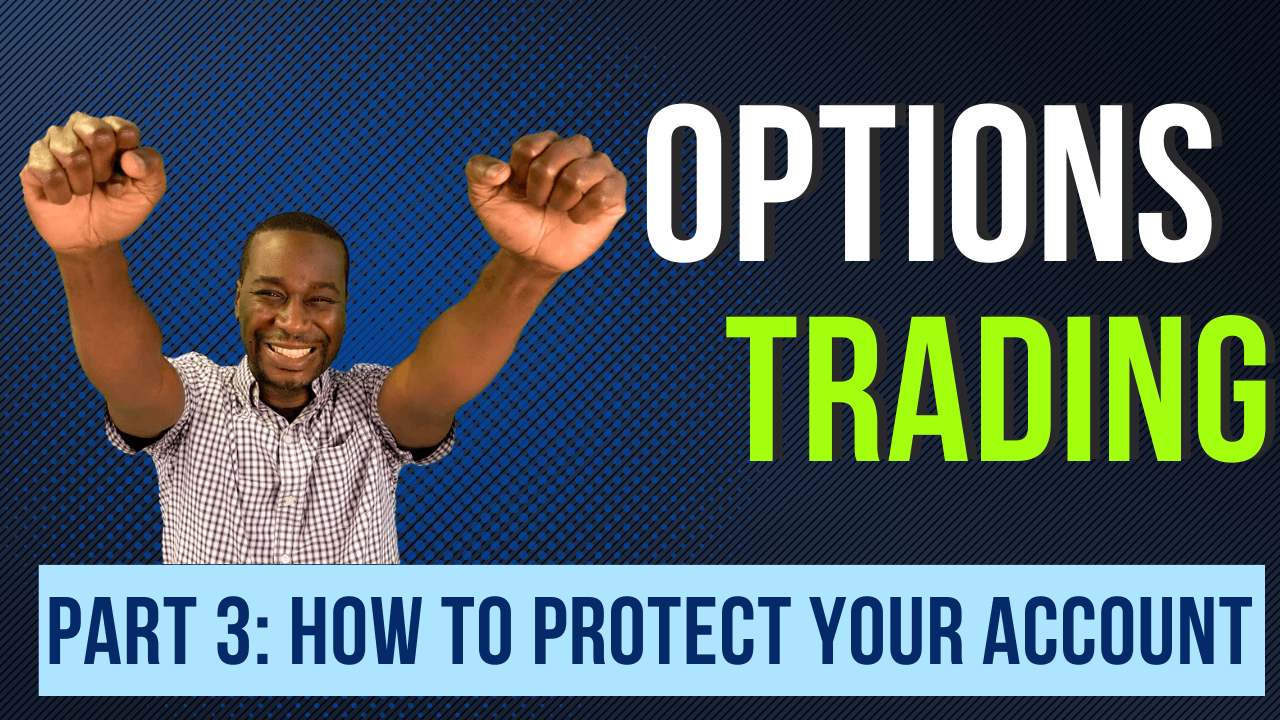What Is A Put Option?
Options trading is a powerful strategy to help diversify your investments.
If you’re in the stock market, chances are you’ve come across the term “put option.” But what exactly is a put option, and how does it work?
A put option gives traders the right to sell a certain number of shares of an underlying asset at a set price within a designated time frame.
When you buy a put option, you have the right to sell your shares at a specific price in case the market goes down.
Breaking Down A Put Option
Put options give investors the ability to sell 100 shares of stock (a contract) at a predetermined price (strike price) within a certain time period (expiration date).
The buyer pays for the right to sell their shares at any point before or on the expiration date. If they think that the share price will drop before that date, they can exercise their option and sell their shares at an agreed-upon price. Meanwhile, the seller has agreed to buy those shares from them if they decide to exercise their option.
Even if the stock falls below the strike price prior to the expiration date, investors still have the right to sell it for that predetermined amount.
Put options also offer investors protection against losses due to market volatility. This gives buyers protection against falling stock prices because they don’t have to actually own any shares in order to purchase one.
How Do Put Options Work?
Lets say an investor buys a put option for 100 shares of Apple stock at $200 per share. This allows them to exercise their option and sell their shares for $200 even if the current market price falls below $200.
On the other hand, if the market price rises above $200, then they can simply let their options expire without exercising them. In which case they would not pay any money or incur any losses due to owning those options.
The longer you want the agreement to stay in effect, the more expensive it will be. This is because there is more time for something unexpected to happen in the market. If you believe that prices are likely to drop significantly before your expiration date, then you will want to select an even lower strike price. This is so your profits can be maximized should prices drop as expected.
What Are the Advantages Of Put Options?
One major advantage of using put options is that you will generally not lose any more than you have already paid. However, your gains can be unlimited depending on how low your stocks go before your expiration date arrives.
Furthermore, you are able purchase multiple contracts for multiple stocks on one trade ticket. This makes diversifying your portfolio easier and more efficient than having multiple individual trades open at once.
These trades can be closed out anytime before they expire. This allows you to exit positions quickly should market conditions change rapidly.
Put options can be used as part of an overall risk management strategy when buying stocks or other investments. This is because they give investors control over when and how much of their investments they can sell. Even if prices fall below what they originally paid for them.
Plus, put options allow investors to hedge against potential losses by locking in profits ahead of time. But still leaving some upside potential should prices go up instead of down as expected.
The Overall Benefits Of Put Options
All in all, put options offer investors great protection against losses.
Put options are generally quite affordable and provide great benefits when used appropriately within an investment strategy.
Understanding what put options are and how they work is essential for any investor. Especially those looking for ways to protect themselves against market downturns while taking advantage of potential upside opportunities.
By doing so, investors can gain greater control over their investments without sacrificing any profit potentials due to unfavorable market conditions.
